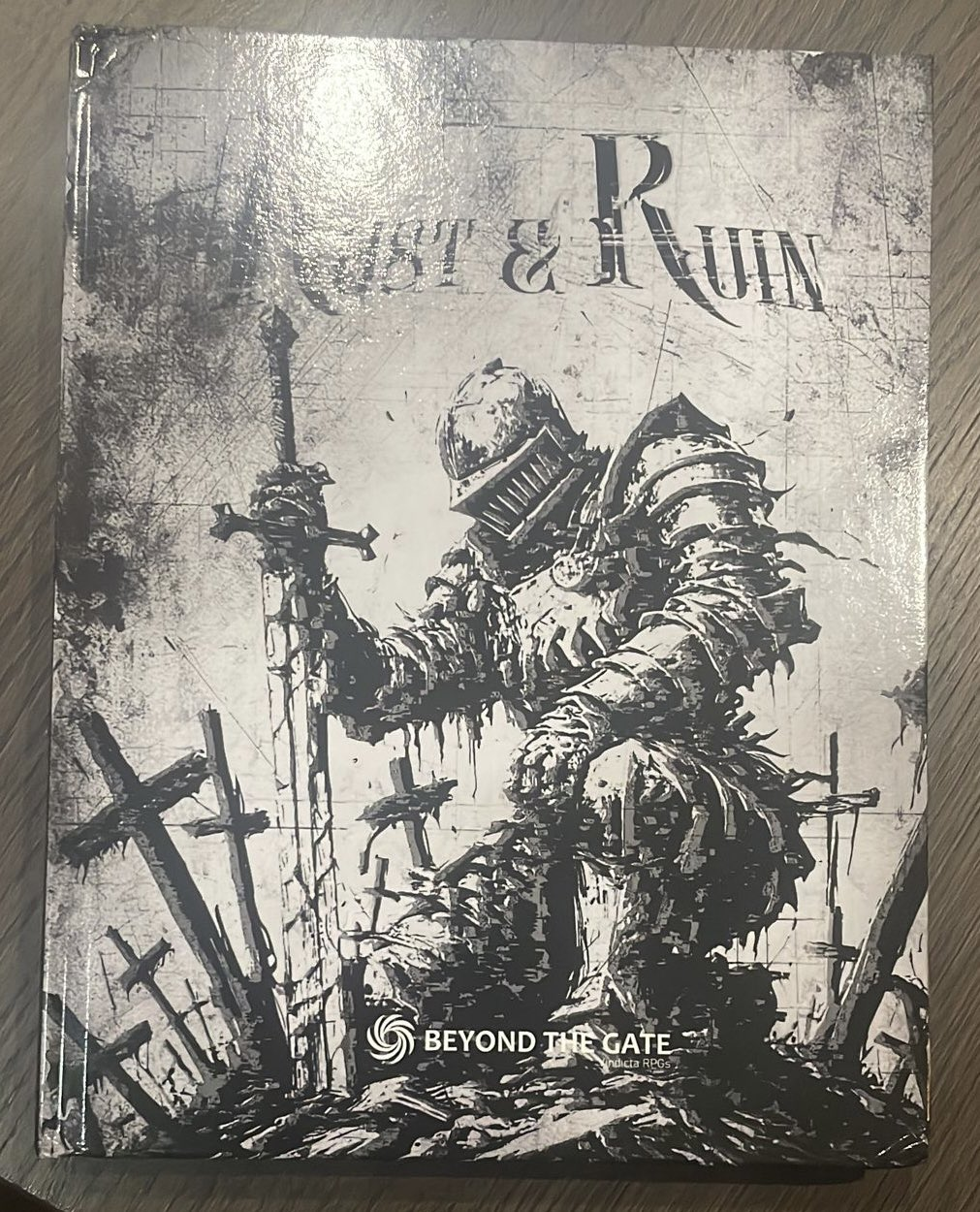The Hill of Crosses
In the serene northern parts of Lithuania, there's a pilgrimage site known as the Hill of Crosses. Over 100,000 crosses stand on this hill, each a testament to the Baltic people's resistance during the Soviet occupation from 1944 to 1990, and to struggles faced even earlier, dating back to the 1831 Lithuanian uprising.
This pilgrimage began with women mourning their husbands lost in the Polish-Russian War, gradually transforming into the site we see today. Despite the Soviets' efforts to erase this symbol—bulldozing the site, blocking roads, and implementing harsh penalties—the people of Lithuania persisted, secretly bringing crosses to the hill every night, a true embodiment of silent resistance.
Unyielding Unity: The Human Chain
In 1989, something extraordinary happened. Two million people, more than 30% of the Baltic population, formed a 690km long human chain across the three nations. This wasn't just a display of unity; it was a formidable statement of defiance. A year later, this resilience led to the independence of Lithuania, Latvia, and Estonia.
A Story of Rust & Ruin
Yes, this blog is indeed about TTRPGs, and that's precisely why I'm sharing this story. The cover of my TTRPG book, "Rust & Ruin," is inspired by the Hill of Crosses. The game itself is an ode to rebellion against all odds. My goal is to infuse your gaming experience with the same unwavering bravery and hope that I felt during my travels through these historically rich Baltic countries.
The essence of the Baltic spirit is woven into every aspect of "Rust & Ruin." I hope that as you delve into this game, whether as a reader, a player, or a game master, you'll feel a connection to this incredible history of resistance and courage.

Comments
Post a Comment